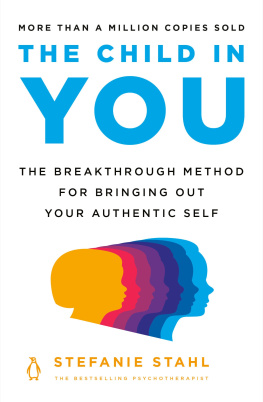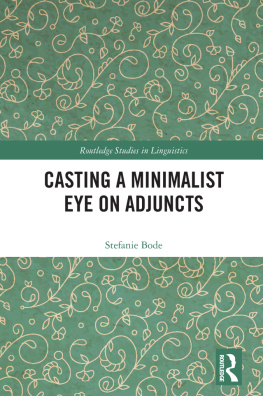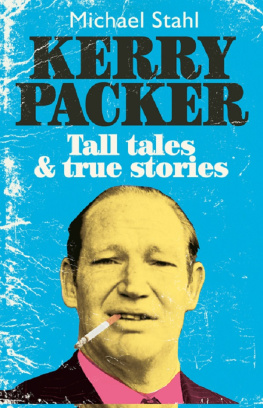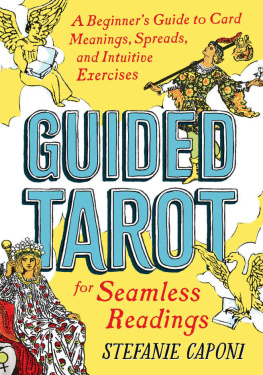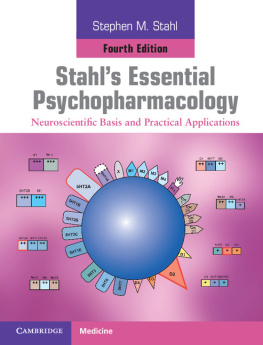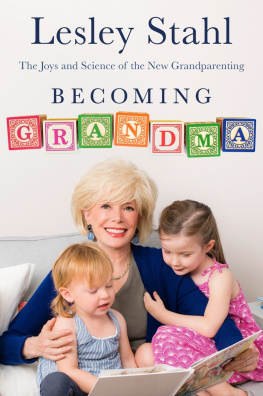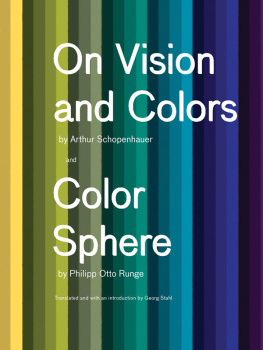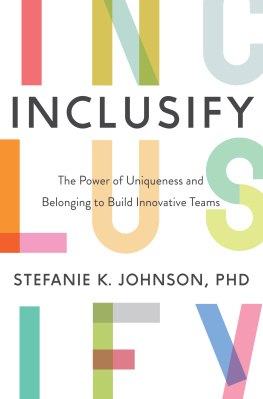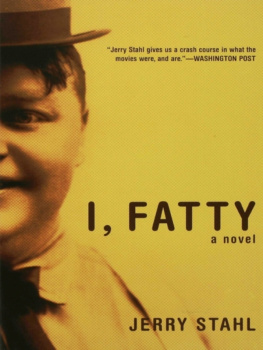Stefanie Stahl - The Child in You: The Breakthrough Method for Bringing Out Your Authentic Self
Here you can read online Stefanie Stahl - The Child in You: The Breakthrough Method for Bringing Out Your Authentic Self full text of the book (entire story) in english for free. Download pdf and epub, get meaning, cover and reviews about this ebook. year: 2020, publisher: Penguin Publishing Group, genre: Children. Description of the work, (preface) as well as reviews are available. Best literature library LitArk.com created for fans of good reading and offers a wide selection of genres:
Romance novel
Science fiction
Adventure
Detective
Science
History
Home and family
Prose
Art
Politics
Computer
Non-fiction
Religion
Business
Children
Humor
Choose a favorite category and find really read worthwhile books. Enjoy immersion in the world of imagination, feel the emotions of the characters or learn something new for yourself, make an fascinating discovery.
- Book:The Child in You: The Breakthrough Method for Bringing Out Your Authentic Self
- Author:
- Publisher:Penguin Publishing Group
- Genre:
- Year:2020
- Rating:3 / 5
- Favourites:Add to favourites
- Your mark:
- 60
- 1
- 2
- 3
- 4
- 5
The Child in You: The Breakthrough Method for Bringing Out Your Authentic Self: summary, description and annotation
We offer to read an annotation, description, summary or preface (depends on what the author of the book "The Child in You: The Breakthrough Method for Bringing Out Your Authentic Self" wrote himself). If you haven't found the necessary information about the book — write in the comments, we will try to find it.
Stefanie Stahl: author's other books
Who wrote The Child in You: The Breakthrough Method for Bringing Out Your Authentic Self? Find out the surname, the name of the author of the book and a list of all author's works by series.
The Child in You: The Breakthrough Method for Bringing Out Your Authentic Self — read online for free the complete book (whole text) full work
Below is the text of the book, divided by pages. System saving the place of the last page read, allows you to conveniently read the book "The Child in You: The Breakthrough Method for Bringing Out Your Authentic Self" online for free, without having to search again every time where you left off. Put a bookmark, and you can go to the page where you finished reading at any time.
Font size:
Interval:
Bookmark:
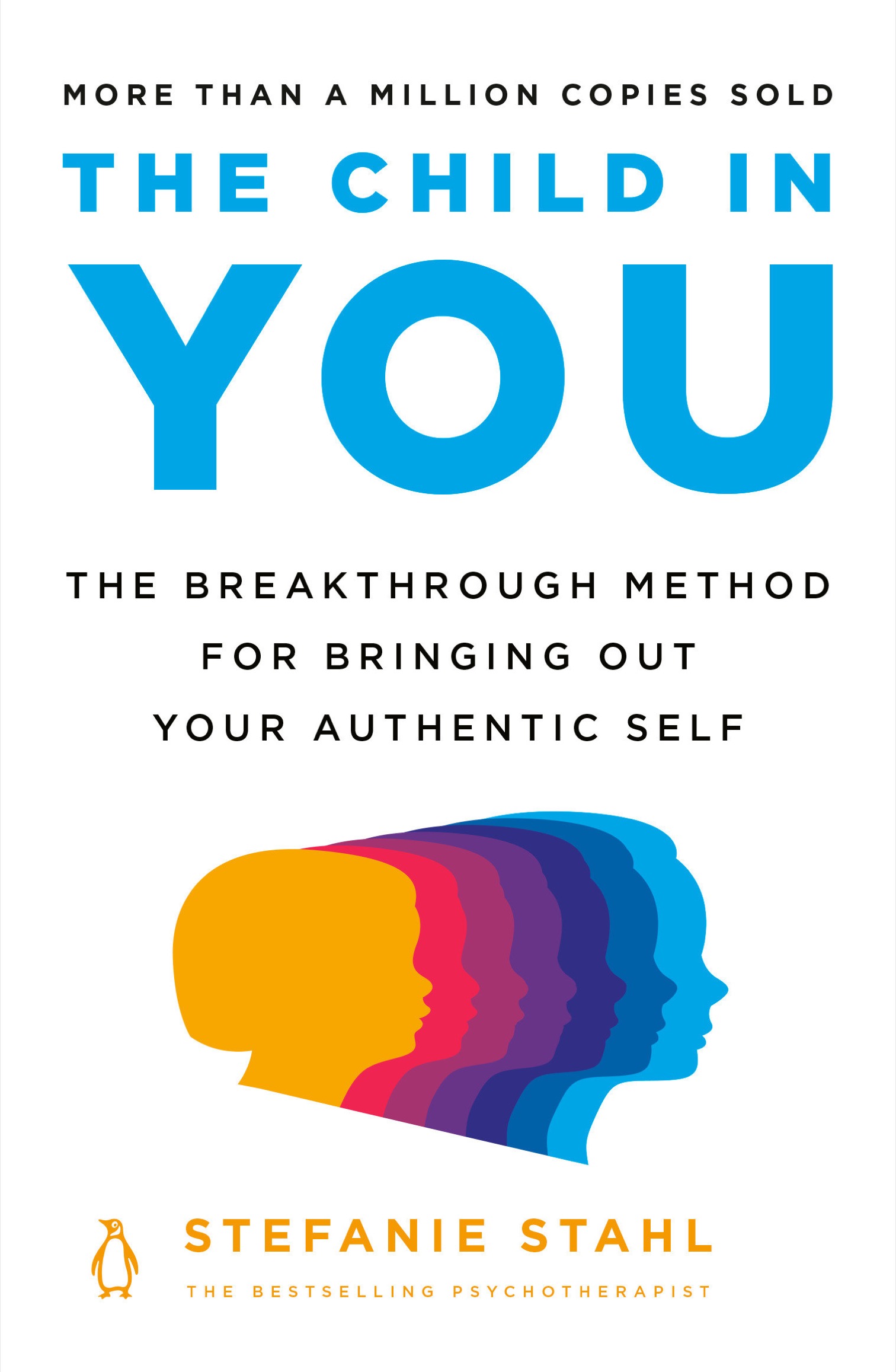
penguin books
THE CHILD IN YOU

CREDIT: ROSWITHA KASTER
Stefanie Stahl is a clinical psychologist and the bestselling author of more than ten books. She has had her own psychotherapy practice in Germany for more than twenty-five years and conducts seminars about self-esteem, love, and the fear of commitment. The Child in You has sold more than a million copies in Germany, where it was the #1 bestselling nonfiction book for three consecutive years, and has been translated into more than twenty languages.
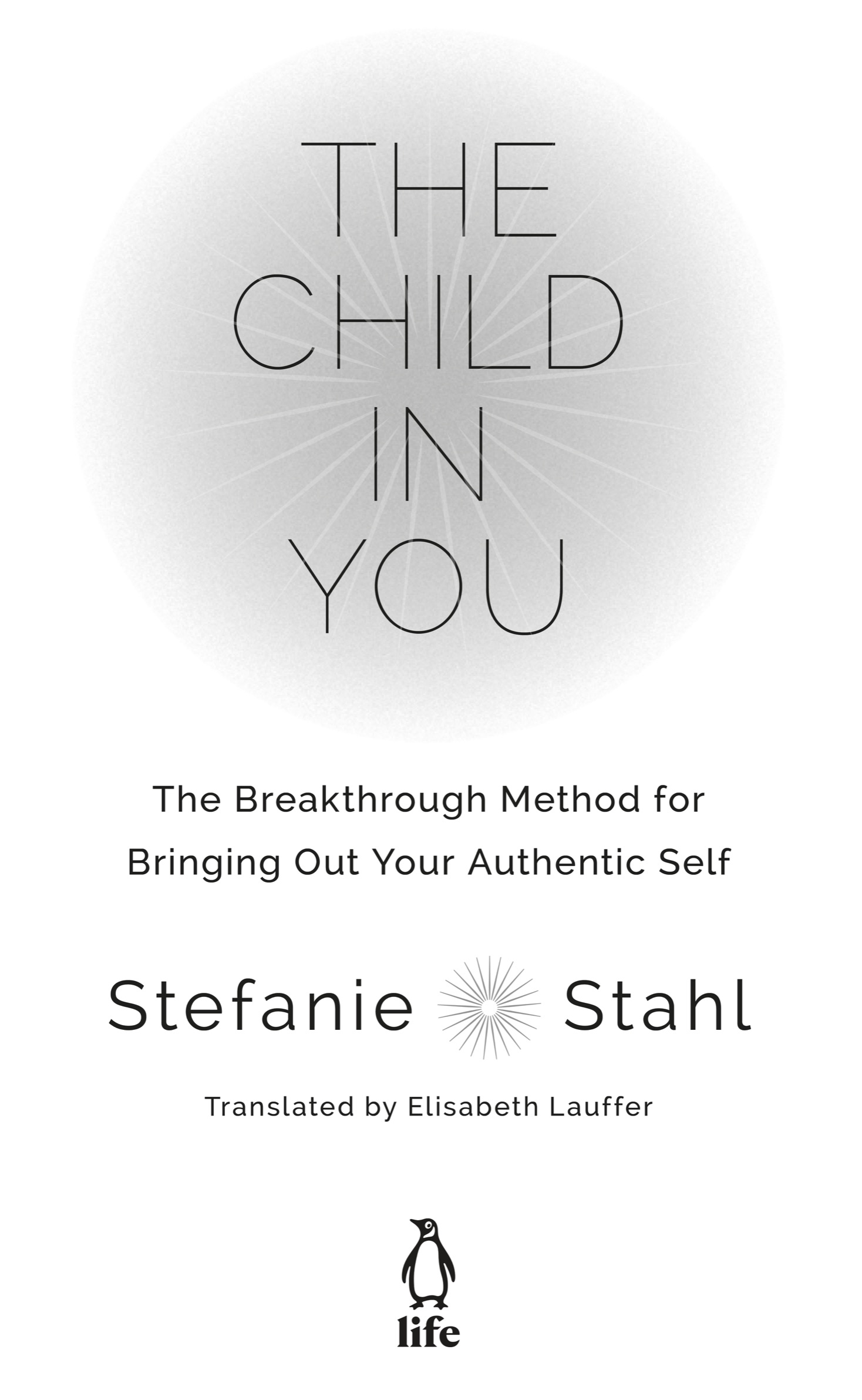
PENGUIN BOOKS
An imprint of Penguin Random House LLC
penguinrandomhouse.com
Copyright 2015 by Kailash Verlag
Translation 2020 by Kailash Verlag
Penguin supports copyright. Copyright fuels creativity, encourages diverse voices, promotes free speech, and creates a vibrant culture. Thank you for buying an authorized edition of this book and for complying with copyright laws by not reproducing, scanning, or distributing any part of it in any form without permission. You are supporting writers and allowing Penguin to continue to publish books for every reader.
Originally published in German as Das Kind in dir muss Heimat finden: Der Schlssel zur Lsung (fast) aller Probleme by Kailash Verlag, Verlagsgruppe Random House GmbH, Munich
library of congress cataloging-in-publication data
Names: Stahl, Stefanie, author.
Title: The child in you : the breakthrough method for bringing out your
authentic self / Stefanie Stahl ; translated by Elisabeth Lauffer.
Other titles: Kind in dir muss Heimat finden. English
Description: New York : Penguin Books, 2020. | Includes bibliographical references and index.
Identifiers: LCCN 2020024745 (print) | LCCN 2020024746 (ebook) | ISBN 9780143135937 (trade paperback) | ISBN 9780525507529 (ebook)
Subjects: LCSH: Inner child. | AdulthoodPsychological aspectsHandbooks, manuals, etc. | Interpersonal relationsPsychological aspectsHandbooks, manuals, etc. | Interpersonal conflictPsychological aspectsHandbooks, manuals, etc.
Classification: LCC BF698.35.I55 S8313 2020 (print) | LCC BF698.35.I55 (ebook) | DDC 158dc23
LC record available at https://lccn.loc.gov/2020024745
LC ebook record available at https://lccn.loc.gov/2020024746
Cover design: Matt Vee
Cover art: Sylverarts / Getty Images
pid_prh_5.6.1_c0_r0
For my friends
Meditations available for download:
For more intensive work with your inner child, Stefanie Stahl recorded two imaginary journeys: TheShadow Child Meditation and The Sun Child Meditation. You can download them for free at stefaniestahl.com.
Most of the shadows of this life are caused by standing in ones own sunshine.
Ralph Waldo Emerson

Everybody needs a place where they feel protected, secure, and welcome. Everybody yearns for a place where they can relax and be fully themselves. Ideally, the childhood home was one such place. For those of us who felt accepted and loved by our parents, our home provided this warmth. It was a heartwarming placethe very thing that everybody yearns for. And we internalize this feeling from childhoodthat of being accepted and welcomeas a fundamental, positive attitude toward life that accompanies us through adulthood: we feel secure in the world and in our own life. Were self-confident and trusting of others. Theres the notion of basic trust, which is like a home within ourselves, providing us with internal support and protection.
Many people, however, associate their childhood with largely negative experiences, some even traumatic. Others had an unhappy childhood, but have repressed those memories. They can barely recall what happened. Then there are those who believe their childhood was normal or even happy, only to discover, upon closer examination, that they have been deluding themselves. And though people may attempt to repress or, as an adult, downplay childhood experiences of insecurity or rejection, there are moments in everyday life that will reveal how underdeveloped their basic trust remains. They have self-esteem issues and frequently doubt that they are welcome and that their coworkers, romantic partner, boss, or new friend truly likes them. They dont really like themselves all that much, they have a range of insecurities, and they often struggle in relationships. Unable to develop basic trust, they therefore lack a sense of internal support. Instead, they hope that others will provide them with these feelings of security, protection, stability, and home. They search for home with their partner, their colleagues, in their softball league, or online, only to be disappointed: other people can provide this feeling of home sporadically at best. Those who lack a home on the inside will never find one on the outside. They cant tell that theyre caught in a trap.
When we talk about these childhood influenceswhich, along with our genetic makeup, largely define our character and self-esteemwe are discussing a part of our personality referred to in psychology as the inner child. In other words, the inner child represents the sum of impressions made on us as childrenthe good and the bad, experienced through our parents and other important figures. We dont consciously remember most of these experiences. They are, however, permanently etched on our unconscious mind. Its safe to say that the inner child is a significant part of the unconscious. Its the fears, concerns, and adversities we have experienced from the cradle onward. On the other hand, it also represents all the positive influences from our youth.
The negative influences are what primarily plague us as adults. After all, the child within us works hard not to relive the humiliations and injuries it suffered during childhood. At the same time, this child still yearns for the feelings of security and approval that came up short back then. These fears and desires are active in the recesses of our consciousness. On the conscious level, we are independent adults living our lives. On the unconscious level, however, our inner child exercises significant sway over our perception, behavior, and ways of feeling and thinking. Its far stronger than our intellect, in fact. It has been scientifically proven that the unconscious is an incredibly powerful mental force that steers upward of 80 to 90 percent of our experiences and actions.
An example to illustrate: Michael loses his temper every time his partner, Sarah, forgets something thats important to him. She recently forgot to buy his favorite kind of chips while grocery shopping, and he completely flipped out. Sarah was stunnedto her, it was just a bag of chips. To Michael, meanwhile, it was as if the world were ending. What was going on?
Michael doesnt realize that its his inner child that feels disregarded and disrespected when Sarah forgets something important to him, even if thats just a bag of chips. He doesnt know that the reason for his rage isnt Sarah and the forgotten snack, but rather a deep wound from the past: namely the fact that his mother did not take his wishes seriously when he was a child. With her shopping mistake, Sarah unwittingly poured salt in this old wound. Since Michael doesnt see the connection between his reaction toward Sarah and his experiences with his mother, however, his own influence over his feelings and behavior is limited. The fight about chips isnt an isolated event. Michael and Sarah fight frequently about mundane things, because neither is aware of what their disagreements are
Font size:
Interval:
Bookmark:
Similar books «The Child in You: The Breakthrough Method for Bringing Out Your Authentic Self»
Look at similar books to The Child in You: The Breakthrough Method for Bringing Out Your Authentic Self. We have selected literature similar in name and meaning in the hope of providing readers with more options to find new, interesting, not yet read works.
Discussion, reviews of the book The Child in You: The Breakthrough Method for Bringing Out Your Authentic Self and just readers' own opinions. Leave your comments, write what you think about the work, its meaning or the main characters. Specify what exactly you liked and what you didn't like, and why you think so.

